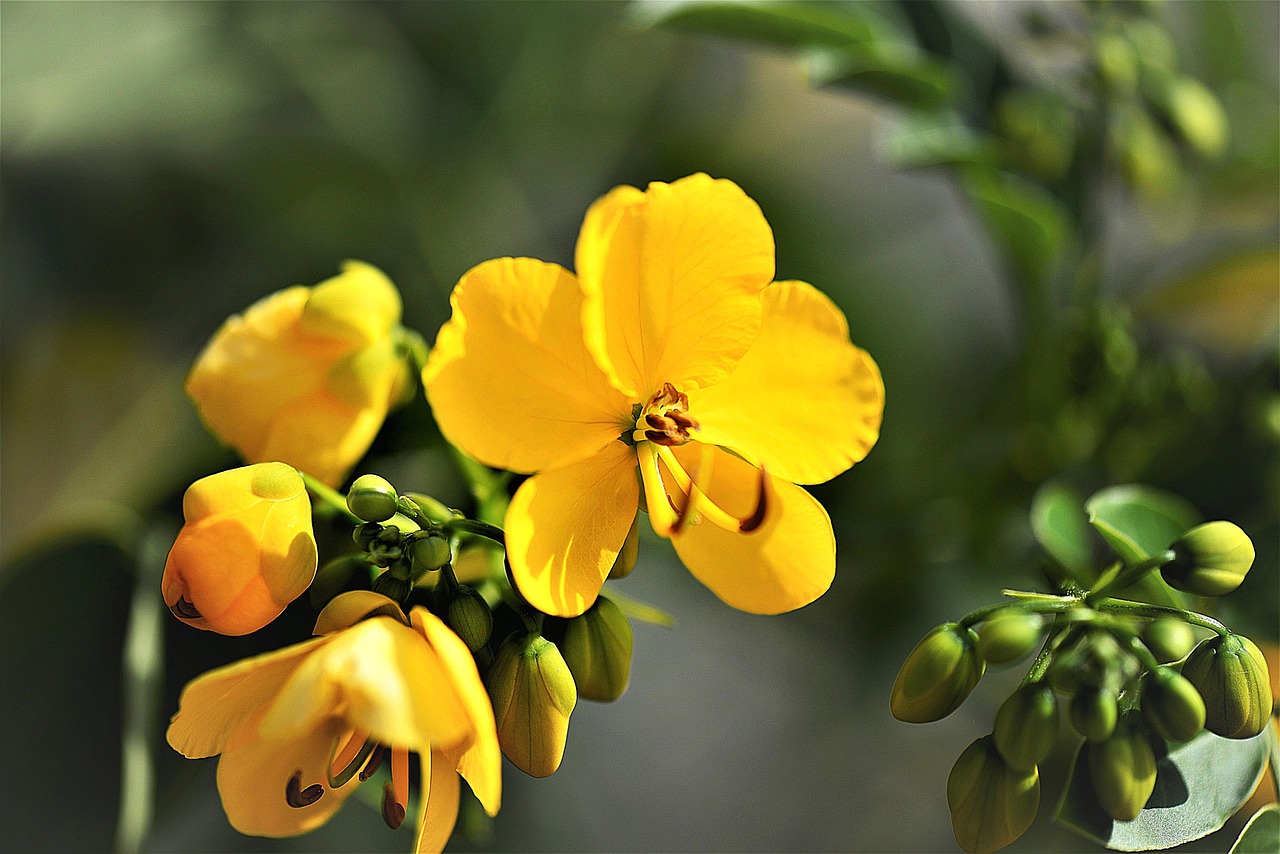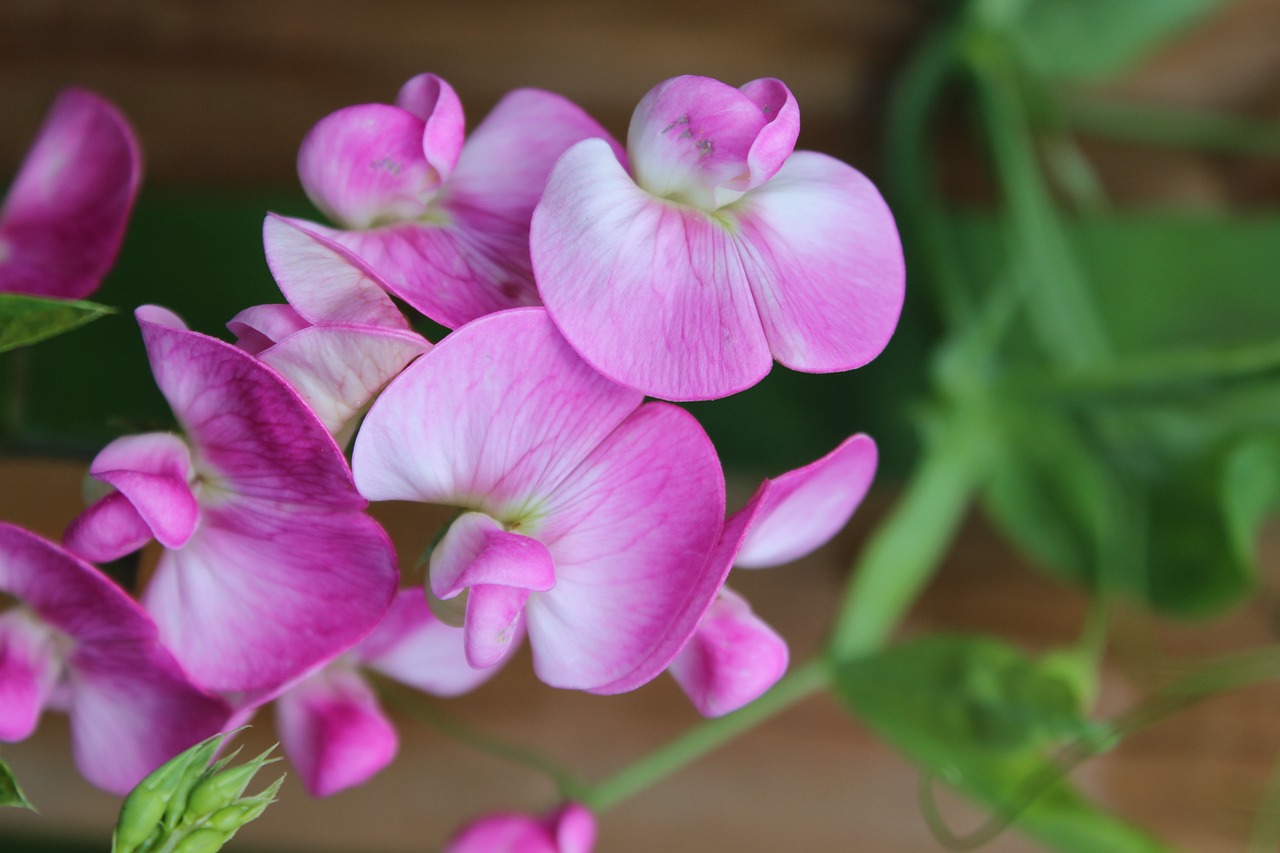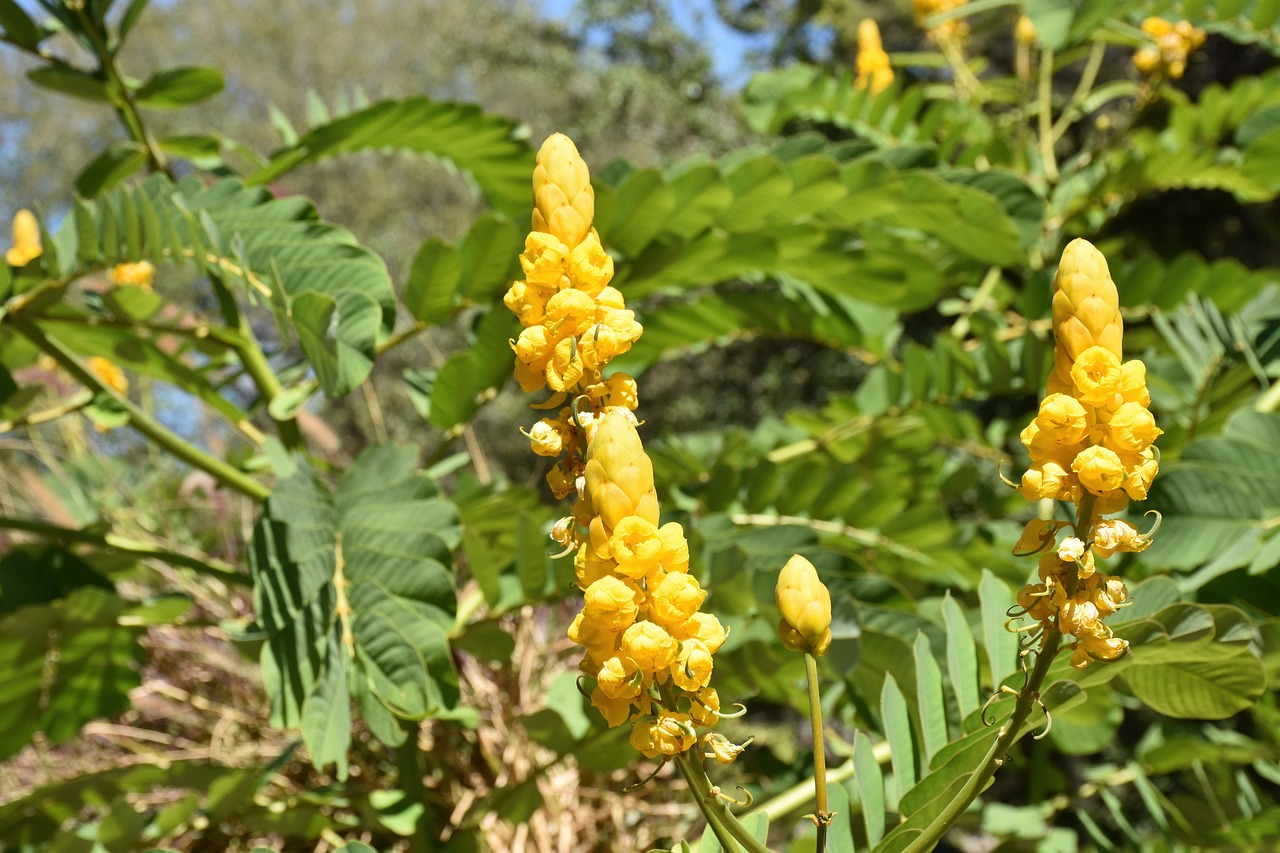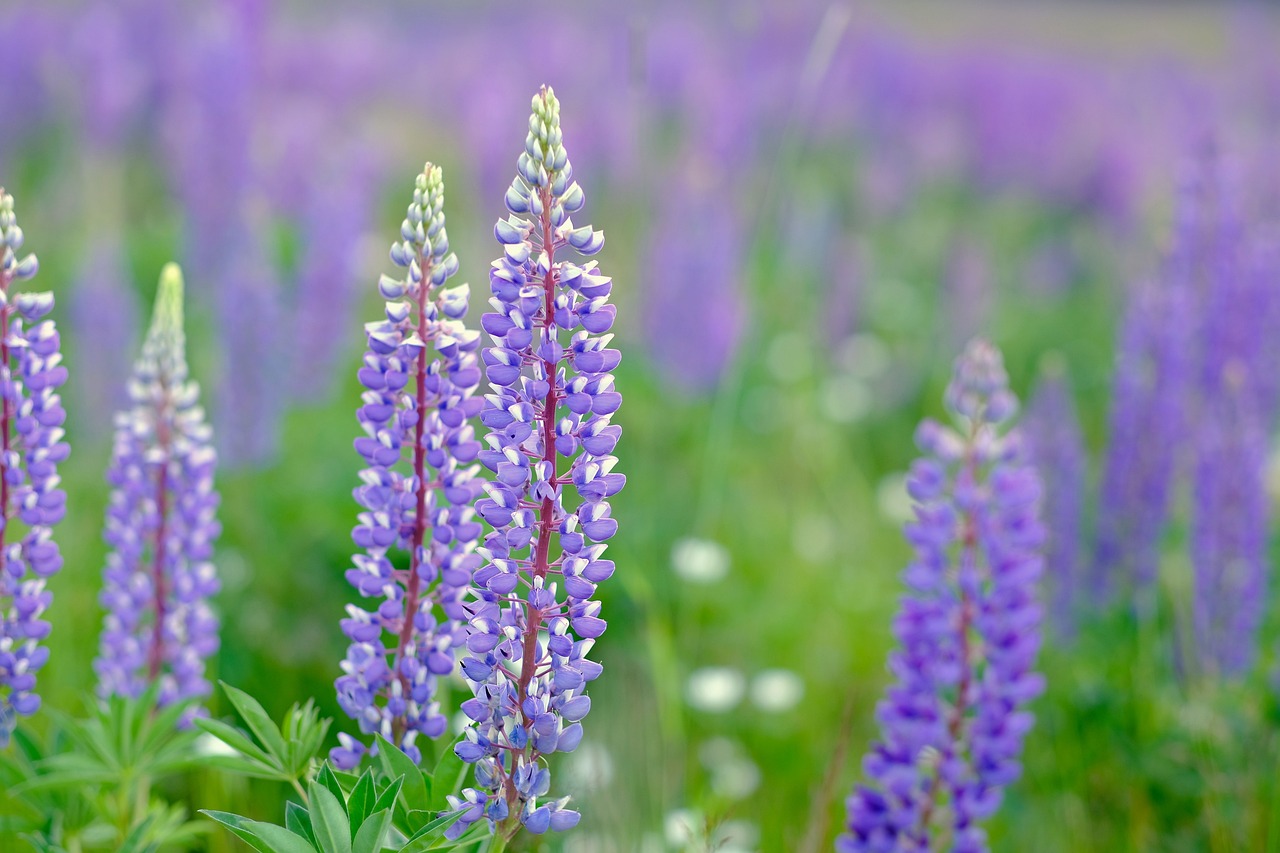Crown Vetch | A Small Wisteria of the Meadow
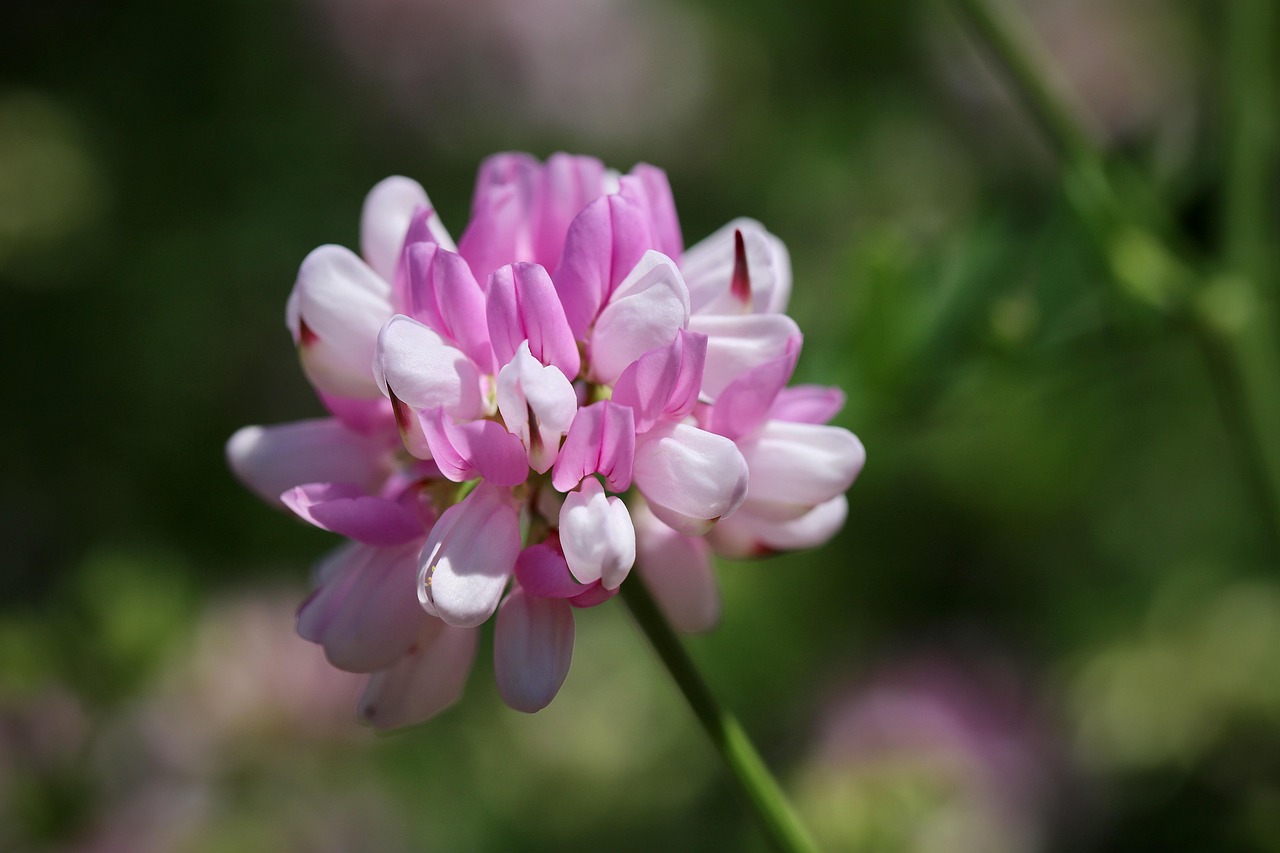
Crown vetch is a graceful perennial that produces clusters of small pink to purple flowers arranged in rounded heads.
With its trailing stems and delicate leaves, it is often used as a groundcover along roadsides and slopes.
Although originally native to Europe, it has naturalized in many regions and is also appreciated as an ornamental groundcover.
In this article, I will introduce the basic characteristics of crown vetch, its cultural and historical background, and practical tips for growing it.
Basic Information
- Scientific name: Securigera varia
- Family: Fabaceae (Legume family)
- Origin: Europe to Western Asia
- Appearance: Stems spread along the ground, leaves are pinnate and soft green, and flowers form charming hemispherical clusters of pink to purple. Overall, it gives a natural and rustic impression.
- Blooming season: May to August
Cultural Significance Around the World
Thanks to its strong propagation ability and ground-covering power, crown vetch has been widely used as a landscape plant in Europe and beyond.
In France and Germany, it is planted along farm roads and slopes, becoming a part of the picturesque rural scenery.
Since the 1950s, it has been introduced in the United States for erosion control and roadside planting.
Its flower clusters resemble a crown, which inspired its name, and it has established itself as both a practical and decorative plant.
Historical Background
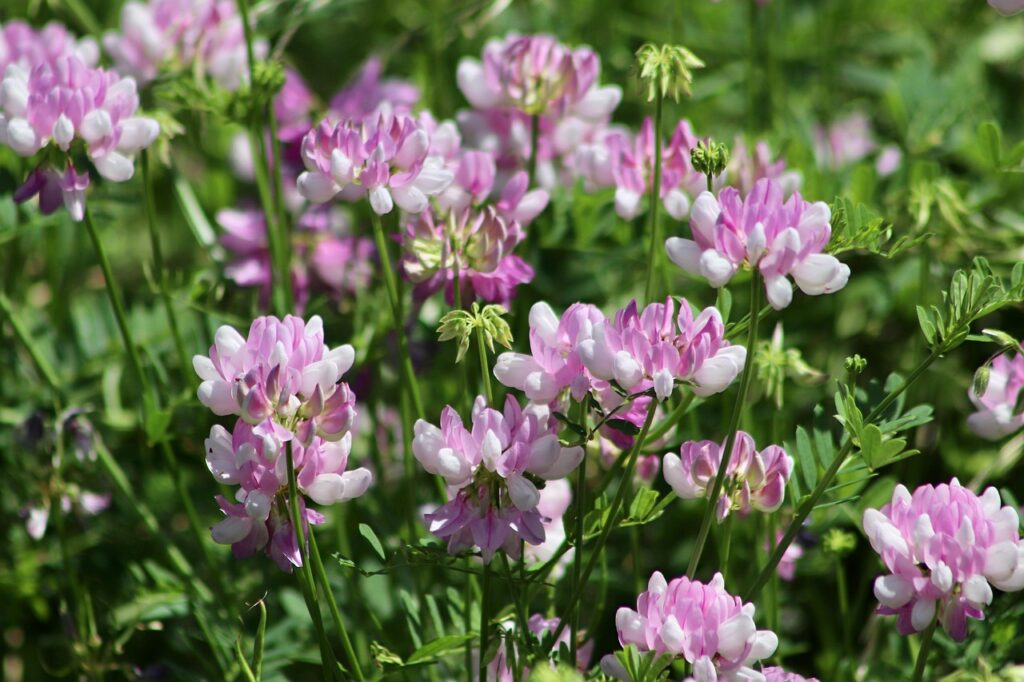
Crown vetch originally grew in grasslands of Europe and Western Asia.
From the late 19th to early 20th century, it began to attract attention as an erosion-control plant. Research stations across various countries experimented with its introduction and adaptability.
In the United States, especially after World War II, crown vetch was widely planted for slope protection during road construction and dam building.
This movement is sometimes considered a precursor to ecological landscaping, making the plant a foundation of modern urban landscapes.
In recent years, however, concerns about its ecological impact have led to reconsiderations of its range and use.
Gardening Advice
Crown vetch is highly adaptable and suits gardens with a natural look. However, because of its vigorous growth, careful management is essential.
Sunlight
Prefers full sun. Flowering is reduced in shaded areas.
Watering
In the ground, natural rainfall is usually sufficient. For potted plants, water moderately when the soil surface dries.
Soil
Grows best in well-drained, neutral to slightly alkaline soil. Mixing compost at planting helps with establishment.
Fertilizer
Requires little fertilizer; a slow-release base fertilizer at planting is sufficient.
Pruning
Trim back after flowering to maintain shape. Regular cutting helps control excessive spreading.
Hardiness
Hardy in many climates. In colder regions, mulch the base with straw for winter protection.
Conclusion
Crown vetch is a beautiful yet practical perennial with rounded clusters of pink to purple flowers.
Originating in European meadows, it has spread worldwide as a groundcover for erosion control and landscaping.
While its strong growth requires management, it remains a charming option for creating natural garden scenery.

